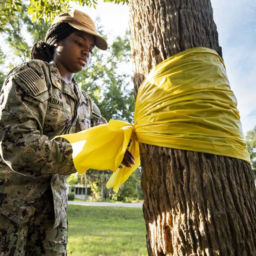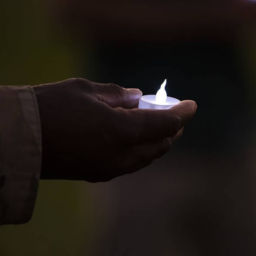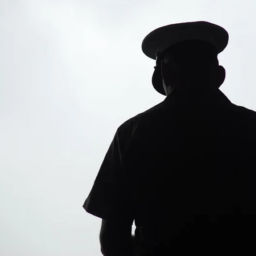
Article originally posted on the Military Times – View
Article Author – Meghann Myers

Hundreds of troops take their lives every year, according to Defense Department data, and more than 60 percent of those happen at home with a personally owned firearm.
In the interest of finding ways to bring those numbers down, a group of researchers, including from National Center for Veterans Studies, Salt Lake City and the Naval Health Research Center in San Diego, published a report Friday in the Journal of the American Medical Association’s Network Open site.
They found that about a third of surveyed service members kept their weapons unloaded and locked up in their homes, but if they’d ever had suicidal thoughts, they were much less likely to store them safely.
“Because attempts using firearms have very high fatality rates, safe firearm storage practices could be an important component of comprehensive suicide prevention in the military,” according to the study.
About 95 percent of weapons used in the suicide of a service member are personally owned, they wrote. And according to civilian research, they added, the presence of a gun in a home increased the risk it will be used in a suicide sixfold ― though that statistic goes down if the weapon is stored safely. More specifically, if it is kept locked up and unloaded.
“This highlights the importance of emphasizing safe storage of personally owned firearms, including temporary removal of access to firearms for high-risk personnel,” they wrote.
It’s a suggestion that’s been made for years. A 2010 study of the Israeli Defense Forces found that suicides dropped by 40 percent when, in 2006, troops were banned from the then-common practice of bringing their rifles home at the end of the day.
That study has since been cited by experts who’ve argued that reducing access to weapons, even those personally owned, could prevent some military suicides.
The Defense Department and the individual services currently have no blanket policies about restricting personal weapon ownership among troops, or ensuring those weapons are stored in a certain way. Commands, however, do conduct personal firearms safety briefings and keep records of a member’s registered firearms, though they are self-reported.
In the study published Friday, researchers surveyed more than 1,600 service members, tying in Defense Department data with previous research dealing with both service members and civilians. They screened troops from six primary care medical facilities across the country, from summer 2015 to summer 2018.
The majority of those surveyed were sailors ― more than 500 ― with 150 each from the Army and Marine Corps, and about 60 airmen.
Study subjects were asked whether they kept a personal firearm in their home and how they stored it. They were also asked if they’d ever thought about, or attempted, suicide.
About 36 percent of them said they kept a gun at home, and of those, a third said that they kept it unloaded and locked up when not in use. Another 21 percent said they left their firearms loaded and unlocked, about 25 percent said they kept them unloaded but not locked up and 15 percent said they kept them locked up but loaded.
Overall, the study found, the vast majority of respondents who’d thought about or attempted suicide didn’t have a personal firearm at home. However, of those who did, they were much more likely to keep it either loaded or unlocked.
“This highlights the importance of emphasizing safe storage of personally owned firearms, including temporary removal of access to firearms for high-risk personnel,” according to the study.
Article originally posted on the Military Times – View
Article Author – Meghann Myers






